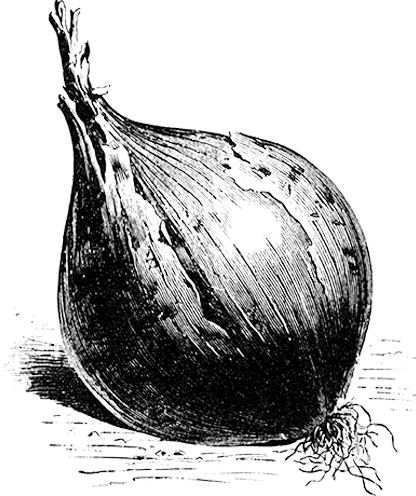Information
Rapini broccoli. Brassica rapa var. ruvo. Resembles small (3-6 cm) broccolis with long tender stems and leaves. It is an Italian delicacy which is a closer relative to rape-plants and turnips than broccoli. It is also called Cima di Rapa or Broccoli Raab and is grown in several varieties in Italy where it is chiefly used in pasta sauces, soups and casseroles. grows very fast and must be harvested often. Do not wait till morning when the flowers have opened. Certainly, they can be eaten too but they look a bit slack after poaching. Poach them in salted water for 2 minutes tops or eat them raw. B-R has a more potent taste than common broccoli and resembles a cross between lettuce-mustard and broccoli.
The plants bring forth new heads as long as they are cut off and quickly too. The blooming is delayed a little by ample space between the plants, 20-30 cm. It is necessary to have quite a few plants, 25-50, if you wish to have a continual supply of fresh R-B since each one doesn't yield enough for a dinner. The R-B grows best if sown a after mid July but a really early sowing in green houses or plots yield a lot too. It can handle some frost in the autumn.
One portion contains about 300 seeds.
| Product number: | 5105 |
|---|---|
| Scientific name: | Brassica rapa var. ruvo |
| Botanic family: | The Mustard Family - Brassicaceae |
| Organic: | Yes |
| Days to maturity: | 35 |
| Lifespan: | Annual |
| F1 Hybrid: | No |
| New variety: | No |
| Sowing time: | Pre-cultivate: March/July–August |
| Sowing depth: | 1 cm |
| Germination time: | 4–7 days |
| Plant spacing: | 20–30 cm |
| Row spacing: | 60 cm |
| Height: | 50–60 cm |
| Plant location: | Sun–Half shade |
| Harvest/blooming: | May/August–October |
| Seeds/g: | 200–300 seeds |
| Other: | Short-day plant |
| Heirloom variety: | Yes |
Cultivation advice
Sowing
Sow thinly indoors or in a hotbed, about 1cm deep, 4-6 weeks before setting out the plants as planned! The seeds want warmth when germinating, preferably just above 20C. After sprouting they should be in a light, cool and airy place to avoid lankiness and attacks by root-neck rot but not lower than 14C for any length of time. Low temperature increases the risk of bolters a lot. Temper the plants gradually before setting them, when the risk of frost is just about over. Most kinds of cabbage can handle a night of light frost. Set out the seedlings a little deeper and tread down the soil preventing the cabbage flies laying their eggs. Many early sorts can be sown directly as soon as the soil has warmed up. Do not allow the sowing to dry out and look out for the flea-beetles.Spacing
Keep 5 cm between plants when pre-cultivating. Outdoors, Broccoli needs 40-50 cm between the plants in the row and about 60 cm between the rows. For a once over harvest a mutual distance of 25 cm is enough. The heads are a little smaller and the side-shoots few but the total crop will be at least as good.Harvest
Cut off the heads with large pieces of their delicious stalks left before the flower-buds have opened, but heads with recently opened flowers are good to eat too. The side-shoots are harvested gradually. The broccoli can handle quite a lot of cold and gets even more delicious after a few nights of frost, just like Kale and Brussels sprouts.I t can remain in its plot far into late autumn. The most common way of storing broccoli is freezing after parboiling. It is also excellent to dry, cut into small pieces, in slow heat.Seed
200-300/g, one portion yields 50-100 seedlings after pre-cultivation and sows 5-10 m directly. 8-10 g for 100 seedlings and a little less than 10 g sow 100 m.A portion contains about 300 seeds.
